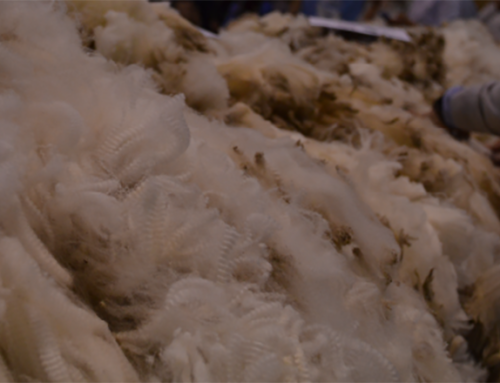The company Gamorel will make the first shipment on October.
China opened its market to Uruguayan blueberries. The fruit is considered “the XXI century fruit” for its taste and its health benefits.
In addition, Uruguay along with Argentina, will host the next International Blueberry Organization’s 2016 summit in September Regarding the opening of the Chinese market, Javier Grassi general manager of Gamorel the main Uruguayan blueberry export and production company, confirmed that Uruguay would receive inspectors from China in October before making the first shipment.
Also, Marta Bentancur of Uruguay’s Fruit Producers and Exporters Union (UPEFRUY) said that China opened its market to all Uruguayan citric fruits, allowing great expectations in production and commerce.
International meeting in sight
The International Blueberry Summit, which will be held on 20-22 September, was presented at the Uruguayan Exporters Union headquarters (UEU), with the slogan “it takes two to tango”.
Bentancur said that the main summit issues would be the current situation of production and demand for blueberries worldwide. There will be lectures about the characteristics of the berry market in Europe, the role of supermarkets, the consumption trends in the most demanding countries and the question if Argentina, Chile, Peru and Uruguay are competitors or they can complement each other.
Around 350 participants will discuss about harvest and post-harvest, blueberries as commodities, climate change in the region, and anti-hail protection.
Two new topics will be present in the summit: Corporate social responsibility –a key theme in global production and commerce- and the situation of China, a potential giant market and also a blueberry producer.
Also, the health benefits of blueberries consumption will deserve a special chapter in the summit.
From the Uruguayan side, there will be a field trip to Gamorel lands in Salto and a gala dinner at the Horacio Quiroga Hotel on September 21.
The Uruguayan reality
At the presentation, Bentancur also talked to the press about the situation of blueberry production in Uruguay. The export farming is done mostly in the North of the country, in Salto and Paysandú departments. In the south, in Canelones, there is another farming zone, producing mostly for the internal market.
She said it is an area of productivity that aims for excellence. This distinction is based in food safety certifications, social responsibility and concern for the environment.
Blueberry production started in Uruguay in the 2000 decade, but related weather issues and a varietal change reduced the farming in the past four years. In 2012 there were 492 hectares of blueberries and in 2015 346 hectares.
The varietal change was made because of the strong competition with Chile. “The new varietals bear fruit early and we can beat Chile in the markets with good prices”– said Bentancur.
The challenge is to have the fruit at the end of August to elude the competition with Chile in November. Now the bulk of exports start from September through to November.
Uruguayan blueberries are sold off-season in the Northern hemisphere. The main markets are United States, when it is sold with protocols, then Europe, where Netherlands, Spain, United Kingdom, Italy and Belgium, are the main markets; and finally Canada. 60% percent of exports go to United States.
Ending her tenure to the press, Bentancur said that blueberry production experienced a high degree of consolidation and today supply is in the hands of just a few companies. The result, said Bentancur, is an industry well positioned, aspiring to excellence and rentable.
Now Uruguayan blueberries will arrive in China, a giant market, compelling to redouble efforts.
“A big opportunity”
Javier Grassi manager of Gamorel and vice-president of Uruguay’s Fruit Producers and Exporters Union (UPEFRUY) confirmed that in October Uruguay will receive visitors from China to analyze the production sites and, with an official import protocol signed between the two countries, a export test will be done. Grassi said that “China is a big opportunity, but we need to work hard” to conquer this market. The businessman remarked the good work done together with the Ministry of livestock, farming and fishing (MGAP).
The numbers
Blueberries farming occupied 346 hectares in 2015. It is expected that this year it reach 360 hectares.
Depending on weather issues, each hectare produces around 10,000 to 15,000 kilograms.
In 2015 1,890 tons were exported, with a 16 millions dollars profit. United States is the main destination.
Source: Upefruy / El Observador





